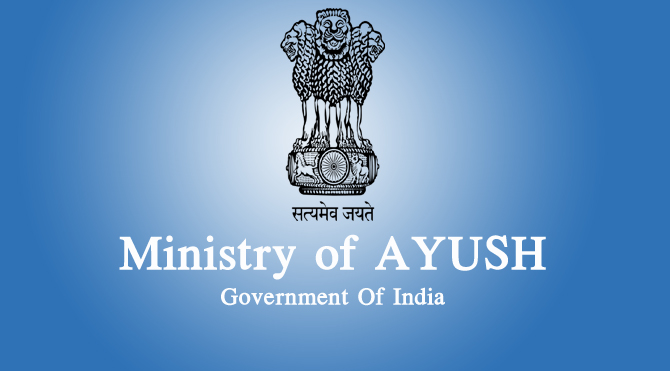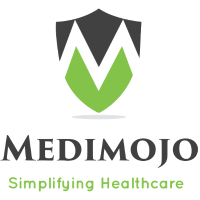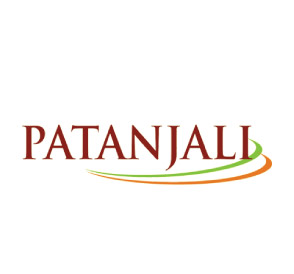
Aadhaar, a unique identification system for providing ID (a digital signature) to citizens, is based on the personal bio-data and biometrics (ten digit finger printing and iris scan)
 Gp Capt (Dr) Sanjeev Sood
Gp Capt (Dr) Sanjeev Sood
Hospital Administrator and NABH empanelled Assessor

The project is based on the diversified architecture of the cloud and is the first online ID of its kind in the world. 125 million people have already been enrolled for UID and the figure is expected to grow to 600 million in the next two and a half years. According to Mr Nilekani, once completed, Aadhaar will be the largest database anywhere in the world. AADHAAR Opening Up of New Vistas in Healthcare
EHRs-The game changers in Healthcare
The UID scheme has opened up new vistas for the healthcare sectors. Since the UIDAI implements an open-system, plug and-play approach, entrepreneurs can develop applications in numerous areas in healthcare. The medical industry could build up a database using Aadhaar as base for seamless use by various healthcare providers. The government and regulatory agencies have a major role in how EMRs/EHRs are developed and implemented by HCOs. The Ministry of Health and Family Welfare and bodies like National Knowledge Commission, CDAC have constituted an EHR Standards committee that is already seized of this matter.

The Government needs to enact suitable legislation and policies to encourage adoption of EMR, legally accept digital signatures, and provide guidelines to standardise records formats, nomenclature, and communication protocols to enhance interoperability of IT applications across healthcare spectrum.
Defining Regulatory and Legal Framework
In USA Health Insurance Portability and Accessibility Act (HIPAA) addresses some of the relevant issues, a lot remains to be done in India. The government may also educate care providers and public at large about benefits of EHR and may also mandate compliance. These EHRs can be linked to each citizens UHID and health data can be filed and retrieved from National Data Record System based on cloud. The issues of capturing, storage, standardisation (ICD- 0,SNOMED-CT,LOINC) and interoperability (HL-7 version 3.0, DICOM) of health information, billing formats, authenticity, privacy and security of sensitive data, can also be ensured through laws similar to HIPAA.
The most commonly used interface standards in healthcare are Continuity of Care Record, or CCR and Continuity of Care Document, or CCD. CCD is a joint effort of HL7 and ASTM to foster interoperability of clinical data to allow physicians to send electronic medical information to other providers without loss of information.
Once these regulatory norms and standards are put in place, various HCOs, ISVs (independent software vendors) and stake holders shall come forward to develop and implement EHRs. The linkage of EHRs linked to the UID of the patient will ensure achievement of ultimate objective of one EHR for each patient, accessible anywhere, anytime. Also, automated transactions shall create a trail that permits medical audit thereby increasing accountability. In addition, adhering to standard treatment guidelines and clinical pathways shall enable clinicians to practice evidence based medicine. Notwithstanding the immense benefits offered by UID linked EHRs, the journey to their implementation is not going to be smooth. But the gains at the end of journey are worth the efforts. The parliamentary standing committee on the matter has also expressed some reservations on the role of UIDAI.
Be a part of Elets Collaborative Initiatives. Join Us for Upcoming Events and explore business opportunities. Like us on Facebook , connect with us on LinkedIn and follow us on Twitter , Instagram.












